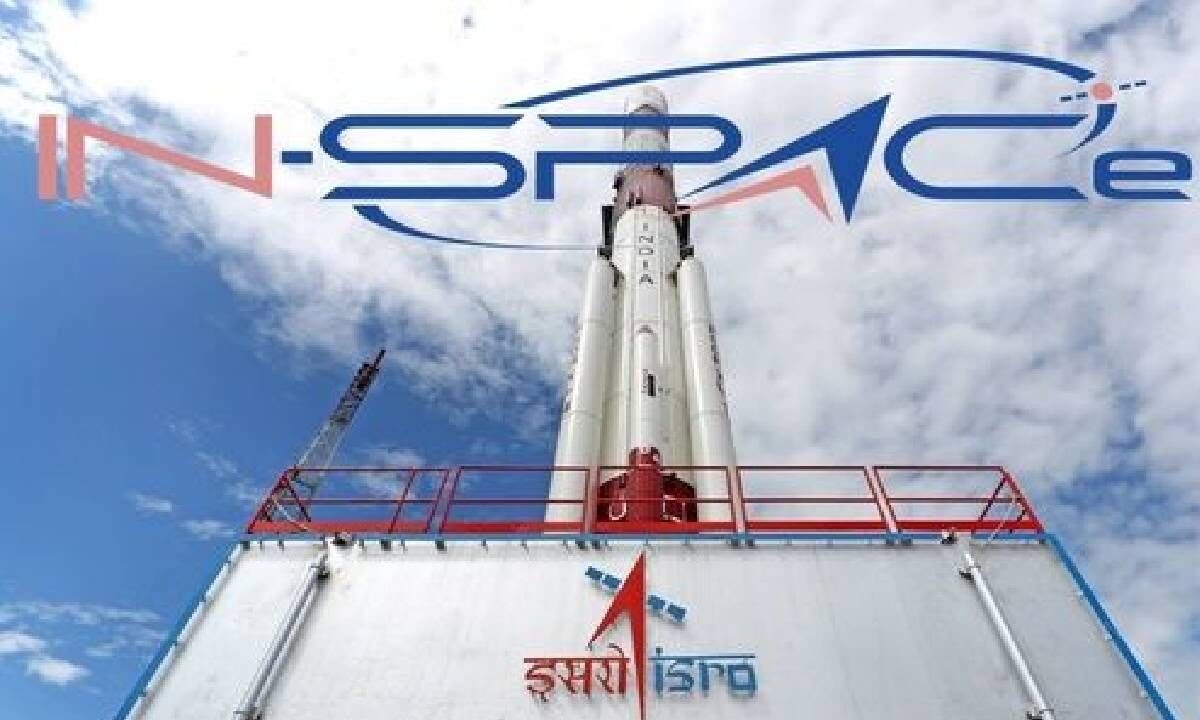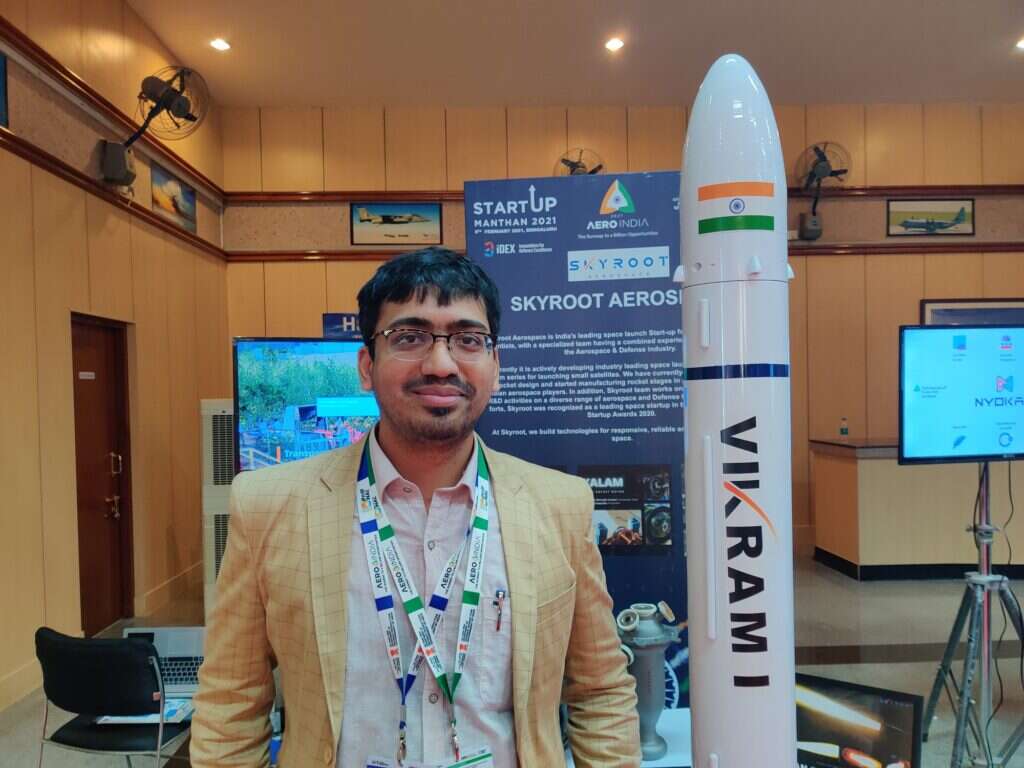Tvashtr8202
New Member
- Joined
- Jun 19, 2023
- Messages
- 59
- Likes
- 428
Skyroot Aerospace -
Presenting you a snippet of our Raman-I engine test which captures varying pulses from 10 seconds to 60 milli-seconds.
More details about the Raman-1 engine and the qualification test below (1/9)
(1/9)
(2/9)
As Vikram-I launches to space, aerodynamic disturbances and thrust misalignments can make the vehicle roll about its axis, needing a responsive roll-control system.
(3/9)
It is provided by four Raman-I engines through precise pulses, commanded by the autopilot algorithm of our mission computer.
(4/9)
‘Raman’ is a series of engines/thrusters using earth storable hypergolic propellants for upper stage engine and attitude/reaction control in Vikram-1.
(5/9)
We demonstrated engine technology with hypergolics 3yrs ago on 30th July 2020 and based on it designed Raman-1 for roll control and Raman-2 as a single higher thrust regeneratively cooled upper stage engine for Vikram-1.
(6/9)
Propulsion for roll control requires rapid response and needs to be versatile, supplying adequate thrust from atmospheric pressure to the deep vacuum and with widely varying inertia.
(7/9)
Towards this, the Raman-I engine test has completed endurance with nominal and off-nominal chamber pressures, mixture ratios and pulse widths.
(8/9)
Raman-1 qualification test:
Propellants used: MMH/N2O4 (Hypergolic)
Peak Vacuum Thrust: 890N
Total Pulses/Restarts: 280
Minimum pulse width: 1/17th a second
Cumulative burn time: 104s
Total test duration: 352s
(9/9)
Raman-1 Construction:
Thrust Chamber body & Injector: 3D printed
Throat: Metal Matrix Composite
Chamber Thermal Protection: High temperature composite
Injection Valves: Ultra-fast response
Nozzle: Scarfed (to tangentially flush to vehicle diameter from inside)
Presenting you a snippet of our Raman-I engine test which captures varying pulses from 10 seconds to 60 milli-seconds.
More details about the Raman-1 engine and the qualification test below
(2/9)
As Vikram-I launches to space, aerodynamic disturbances and thrust misalignments can make the vehicle roll about its axis, needing a responsive roll-control system.
(3/9)
It is provided by four Raman-I engines through precise pulses, commanded by the autopilot algorithm of our mission computer.
(4/9)
‘Raman’ is a series of engines/thrusters using earth storable hypergolic propellants for upper stage engine and attitude/reaction control in Vikram-1.
(5/9)
We demonstrated engine technology with hypergolics 3yrs ago on 30th July 2020 and based on it designed Raman-1 for roll control and Raman-2 as a single higher thrust regeneratively cooled upper stage engine for Vikram-1.
(6/9)
Propulsion for roll control requires rapid response and needs to be versatile, supplying adequate thrust from atmospheric pressure to the deep vacuum and with widely varying inertia.
(7/9)
Towards this, the Raman-I engine test has completed endurance with nominal and off-nominal chamber pressures, mixture ratios and pulse widths.
(8/9)
Raman-1 qualification test:
Propellants used: MMH/N2O4 (Hypergolic)
Peak Vacuum Thrust: 890N
Total Pulses/Restarts: 280
Minimum pulse width: 1/17th a second
Cumulative burn time: 104s
Total test duration: 352s
(9/9)
Raman-1 Construction:
Thrust Chamber body & Injector: 3D printed
Throat: Metal Matrix Composite
Chamber Thermal Protection: High temperature composite
Injection Valves: Ultra-fast response
Nozzle: Scarfed (to tangentially flush to vehicle diameter from inside)
Last edited:






